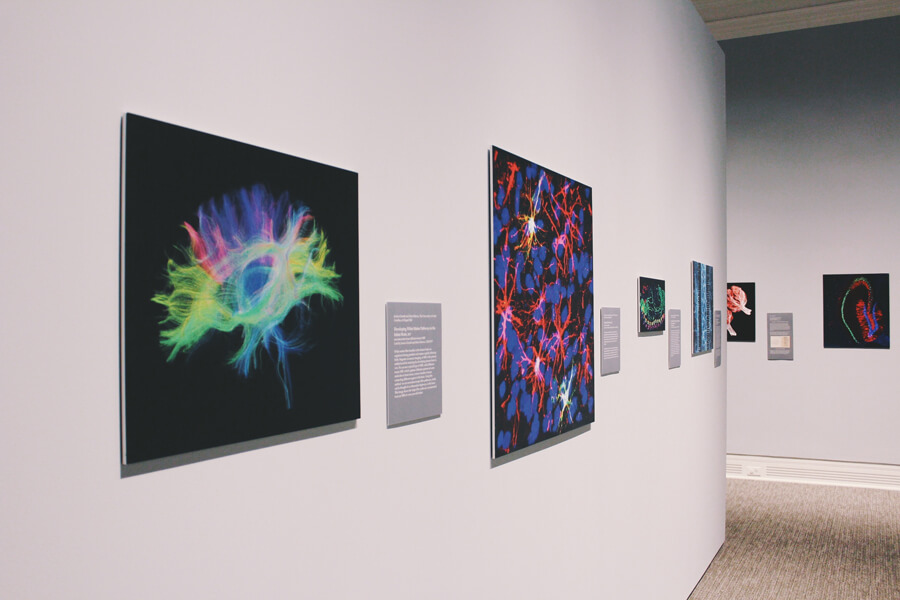
Pleasure and Reward System Governed by the Brain
The pleasure and reward system is one of the most important systems that the brain regulates in humans. It gives us the “nudge” we need to eat, drink and be sexually active. All these activities are needed to ensure the continued survival of our species.
The way the reward system operates is also an important factor in many types of addictive behavior.
Professor Scott Thompson, Ph.D., the leader of the research team, stated that the two parts of the brain (the hippocampus and the nucleus accumbens) are known to be important in processing rewarding experiences for humans. He went on to say that the communication between the two is stronger in a case of addiction, although the underlying mechanisms were unknown to the team.
Team Tests Depression Hypothesis
The research team tested a new hypothesis: whether the same signals became weaker in people living with depression. Since one symptom of depression is anhedonia (a loss of pleasure in usually pleasurable activities), the researchers wanted to discover whether weakening signals in the neural pathways could be the underlying cause of depressed patients.
Using mice, the team focused on brain circuitry that plays an important role in goal-oriented behavior. They wanted to see if they could change the animals’ activity. They added light-sensitive proteins into the neurons forming the brain’s circuitry. Once this step was completed, the researchers hoped to control the signals by blocking or boosting the levels between the hippocampus and the nucleus.
The researchers created a false reward memory in the mice that received the light-sensitive protein by exposing them to light during a four-second period. This meant the mice learned to associate pleasure with the location where they felt light exposure.
After a day, the researchers took the mice back to the place where they had received the false memory of associating pleasure with light and exposed them to light again. The goal was to shut down the signal between the hippocampus and the nucleus accumbens this time, however.
They confirmed this pathway is critical to the way the brain is wired for reward association. Once the pathway is shut down, the mice stopped liking the location where they originally received the reward memory.
Next, the researchers looked at depression. They tried to boost brain activity in depressed mice but this part of the experiment wasn’t successful. The researchers had to administer antidepressants to the mice before they could imprint any artificial reward memories in the brain of depressed mice.
Dr. E. Albert Reece, the dean of the University of Maryland School of Medicine, said[2] these are exciting results that will bring us closer to understanding what’s happening in the brains of clinically depressed patients.
Sources:
[1] https://www.nature.com/articles/s41586-018-0740-8
[2] https://www.medicalnewstoday.com/articles/323853.php



